Which of the following compounds is the most reactive towards electrophilic addition reactions?
The correct Answer is:B
To determine which compound is the most reactive towards electrophilic addition reactions, we need to analyze the stability of the carbocations that would form during the reaction. The stability of carbocations is crucial because more stable carbocations lead to faster reactions.
1. Identify the Compounds: First, we need to identify the compounds in question. Let's assume we have three alkenes:
- Compound A: CH2=CH2 (Ethylene)
- Compound B: CH3-CH=CH2 (Propene)
- Compound C: (CH3)2C=CH2 (Isobutylene)
2. Determine the Type of Carbocation Formed: For each compound, we will analyze the type of carbocation that would form during electrophilic addition:
- Compound A (Ethylene): When an electrophile adds to ethylene, a primary carbocation (1°) is formed. This is because there are no other carbon atoms to stabilize the positive charge.
- Compound B (Propene): When an electrophile adds to propene, a secondary carbocation (2°) is formed. The positive charge is on a carbon that is attached to two other carbon atoms, providing some stability.
- Compound C (Isobutylene): When an electrophile adds to isobutylene, a tertiary carbocation (3°) is formed. The positive charge is on a carbon that is attached to three other carbon atoms, making it the most stable carbocation.
3. Compare Carbocation Stability: The stability of carbocations follows this order:
- Tertiary (3°) > Secondary (2°) > Primary (1°)
- Therefore, the carbocation formed from isobutylene (Compound C) is the most stable.
4. Conclusion: Since the stability of the carbocation is directly related to the reactivity of the alkene towards electrophilic addition, isobutylene (Compound C) will be the most reactive towards electrophilic addition reactions.
Final Answer:
The most reactive compound towards electrophilic addition reactions is Isobutylene (Compound C).
- Compound A: CH2=CH2 (Ethylene)
- Compound B: CH3-CH=CH2 (Propene)
- Compound C: (CH3)2C=CH2 (Isobutylene)
- Compound A (Ethylene): When an electrophile adds to ethylene, a primary carbocation (1°) is formed. This is because there are no other carbon atoms to stabilize the positive charge.
- Compound B (Propene): When an electrophile adds to propene, a secondary carbocation (2°) is formed. The positive charge is on a carbon that is attached to two other carbon atoms, providing some stability.
- Compound C (Isobutylene): When an electrophile adds to isobutylene, a tertiary carbocation (3°) is formed. The positive charge is on a carbon that is attached to three other carbon atoms, making it the most stable carbocation.
- Tertiary (3°) > Secondary (2°) > Primary (1°)
- Therefore, the carbocation formed from isobutylene (Compound C) is the most stable.
The most reactive compound towards electrophilic addition reactions is Isobutylene (Compound C).
Topper's Solved these Questions
Similar Questions
Knowledge Check
- Question 1 - Select One
Which of the folliwng compounds is the most reactive towards electrophilic substitution reaction?
A B
B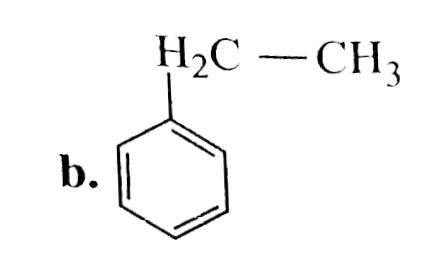 C
C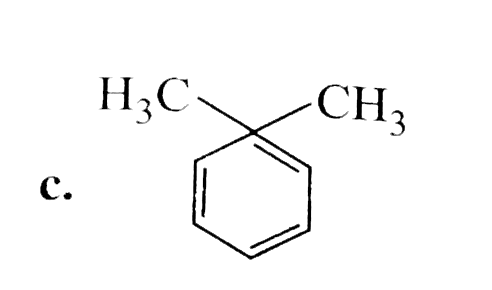 D
D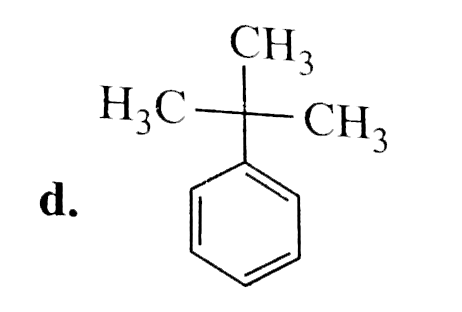
- Question 2 - Select One
Which of the following compounds is most reactive towards nucleophilic addition reactions?
ACH3−O∣∣C−HBCH3−O∣∣C−CH3C D
D
- Question 3 - Select One
Which of the following compounds is most reactive towards nucleophilic addition reactions?
ACH3−O∣∣C−HBCH3−O∣∣C−CH3C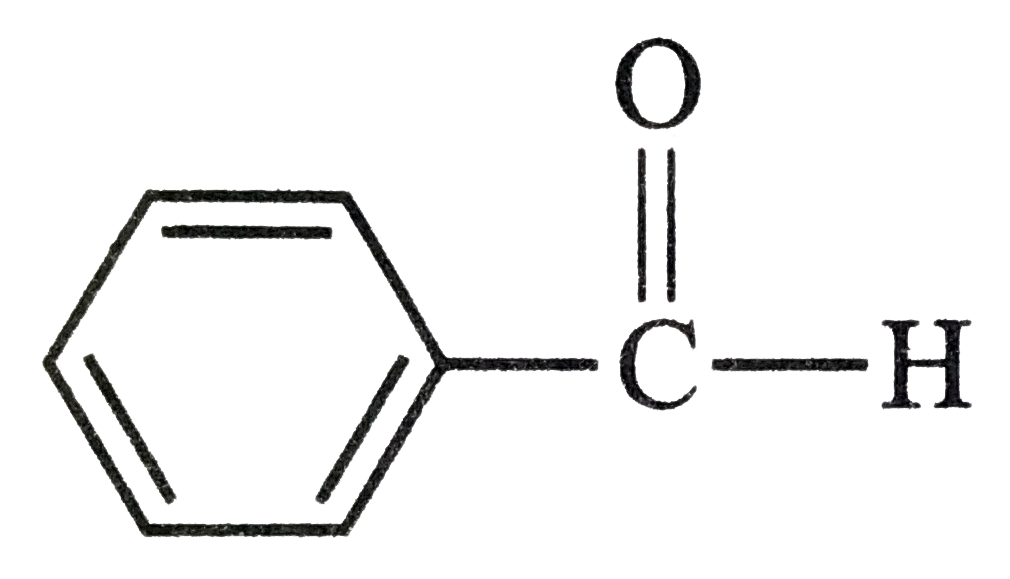 D
D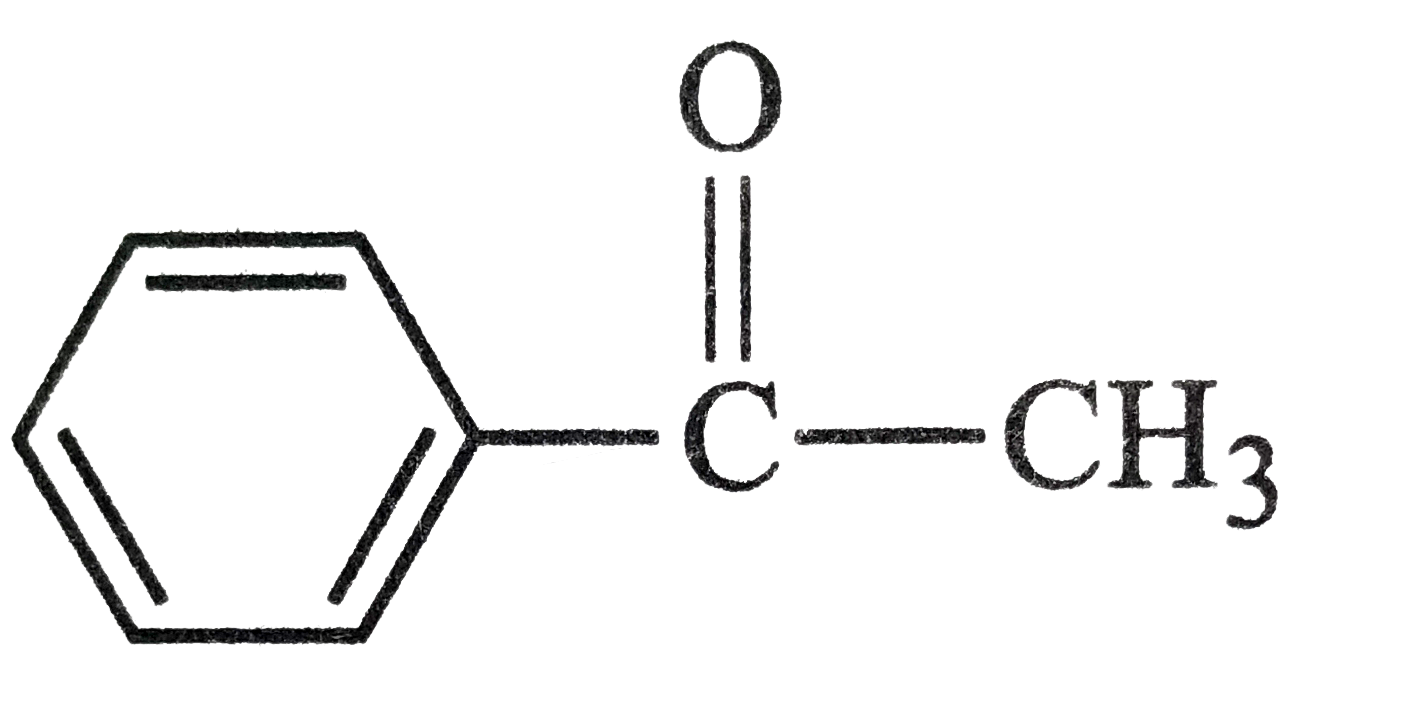
Which of the following compounds is most reactive towards nucleophilic addition reactions ?
View SolutionWhich one of the following compounds is most reactive towards nucleophilic addition?
View SolutionWhich of the following compounds is most reactive towards nucleophilic addition reactions?
View SolutionWhich is most reactive towards nucleophilic addition reactions?
View SolutionWhich one of the following is the most reactive towards electrophilic attack?
View Solution

